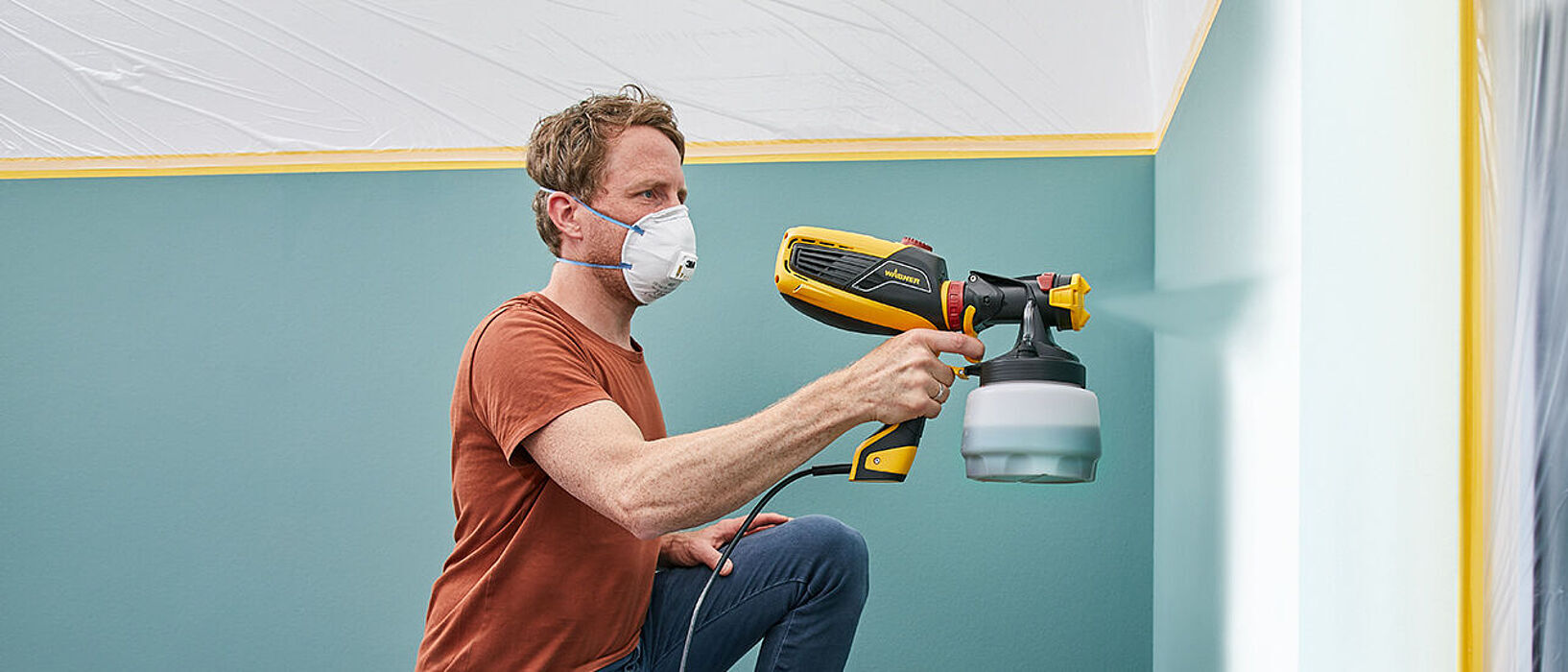

Articles
What Size Spray Tip For Interior Walls
Modified: August 28, 2024
Find the perfect spray tip size for painting interior walls with our comprehensive articles and tips. Achieve a flawless finish with expert advice on selecting the right tool for the job.
(Many of the links in this article redirect to a specific reviewed product. Your purchase of these products through affiliate links helps to generate commission for Storables.com, at no extra cost. Learn more)
Introduction
When it comes to painting interior walls, using a spray gun can be a game-changer. Not only does it save time and effort, but it also ensures a smooth and professional finish. However, to achieve the best results, it’s crucial to choose the right spray tip size for your project.
Whether you’re a DIY enthusiast or a professional painter, understanding the factors that influence the choice of spray tip size is essential. In this article, we’ll explore the various factors you need to consider and the different spray tip sizes available for interior walls. By the end, you’ll have a clear understanding of how to select the right spray tip size to achieve optimum results.
Key Takeaways:
- Choose the right spray tip size by considering paint viscosity, project requirements, and manufacturer’s guidelines. Practice good technique and follow safety precautions for professional-looking interior walls.
- Different spray tip sizes cater to various painting needs, from fine finishes to extensive coverage. Prepare the surface, maintain consistent spraying, and clean the tip regularly for optimal results.
Read more: What Size Sheetrock For Interior Walls
Factors to Consider When Choosing a Spray Tip
Choosing the right spray tip for your interior wall painting project involves considering several important factors. By understanding and evaluating these factors, you can ensure that you select the most suitable spray tip size for your specific requirements. Here are some key factors to consider:
- Type of paint: Different types of paint have varying viscosities, and this affects the required spray tip size. Thicker paints like latex or acrylic may require a larger spray tip size to handle the higher viscosity, while thinner paints like oil-based or enamel may require a smaller tip size.
- Painting technique: The desired finish and technique you plan to use also influence the choice of spray tip size. For finer finishes or smooth surfaces, a smaller tip size might be more suitable. On the other hand, for larger surfaces or textured finishes, a larger tip size can provide better coverage.
- Surface area: The size of the interior walls you’re painting plays a role in determining the appropriate spray tip size. Larger surfaces may benefit from a larger tip size to cover the area more efficiently, while smaller surfaces might require a smaller tip size for greater precision.
- Experience level: Your experience level with spray guns can also impact the choice of spray tip size. If you’re a beginner, it’s generally recommended to start with a medium-sized tip size, as it provides a balance between coverage and control. As you gain more experience, you can experiment with different tip sizes to achieve desired results.
By carefully considering these factors, you can make an informed decision when selecting the right spray tip size for your interior wall painting project. Keep in mind that it’s always a good idea to consult the manufacturer’s recommendations or seek advice from professionals to ensure optimal results.
Different Spray Tip Sizes for Interior Walls
When it comes to spray painting interior walls, there are several different spray tip sizes to choose from. Each size has its own characteristics and is suitable for specific painting needs. Here are some common spray tip sizes and their recommended uses:
- 1.2 mm – 1.5 mm: These smaller tip sizes are ideal for fine finishes and detailed work. They are commonly used for painting trim, cabinets, or smaller, intricate areas where precision is important.
- 1.8 mm – 2.0 mm: These medium-sized tip sizes are versatile and can handle a range of paint viscosities. They are suitable for general interior wall painting projects, providing a good balance between coverage and control.
- 2.2 mm – 2.5 mm: These larger tip sizes are best suited for larger surface areas, such as walls or ceilings. They can handle thicker paints and provide better coverage for more extensive projects.
- 2.8 mm or larger: These extra-large tip sizes are typically used for heavy-duty projects or when spraying highly viscous material. They are suitable for textured or rough surfaces where maximum coverage is required.
It’s worth noting that these sizes are just general guidelines, and the specific application and paint type will also play a role in determining the most suitable spray tip size. It’s always recommended to refer to the manufacturer’s recommendations and test different tip sizes on a practice surface before starting your project.
Now that you have an overview of the different spray tip sizes available, let’s move on to the next section where we’ll discuss how to choose the right spray tip size for your specific project.
For interior walls, a 0.011-0.015 inch spray tip is recommended for a fine finish with latex paint, while a 0.013-0.017 inch tip is suitable for oil-based paint.
Choosing the Right Spray Tip Size for Your Project
Choosing the right spray tip size is crucial for achieving the best results in your interior wall painting project. To make an informed decision, consider the following steps:
- Determine the paint viscosity: Start by checking the viscosity of the paint you will be using. Thicker paints require larger tip sizes, while thinner paints work well with smaller tip sizes.
- Consider the project requirements: Analyze the specific requirements of your project. Are you looking for a fine finish, or do you need to cover a larger surface area quickly? Finer finishes usually require smaller spray tip sizes, while larger surfaces benefit from larger tip sizes for better coverage.
- Consult the paint manufacturer’s guidelines: Check the paint manufacturer’s recommendations for the optimal spray tip size. They often provide guidelines or charts suggesting suitable tip sizes based on the type of paint, application method, and desired finish.
- Test on a sample area: Before starting the main project, it’s always a good idea to test the spray tip size on a small, inconspicuous area. This will allow you to assess the coverage, spray pattern, and overall performance of the chosen tip size.
- Consider your experience level: Your familiarity with spray guns and your level of expertise should also influence your choice. If you’re a beginner, starting with a medium-sized tip size will provide a good balance of coverage and control.
- Seek professional advice if needed: If you’re unsure about which spray tip size to choose or if you have specific project requirements, consider consulting with professionals or experienced painters. They can offer guidance and valuable insights based on their expertise.
By following these steps and taking into consideration the factors discussed earlier, you’ll be able to select the right spray tip size for your interior wall painting project. Remember, finding the optimal tip size may require some trial and error, so be patient and willing to make adjustments as needed.
Tips for Achieving Best Results with Your Spray Tip Size
Once you have chosen the right spray tip size for your interior wall painting project, here are some valuable tips to ensure you achieve the best results:
- Prepare the surface: Proper surface preparation is essential for a smooth and flawless finish. Make sure to clean the walls, repair any imperfections, and sand them if necessary.
- Practice your technique: Before starting the actual project, practice your spraying technique on a scrap piece of cardboard or a test surface. This will help you get comfortable with the spray gun and understand how the paint flows with your chosen tip size.
- Maintain the correct spraying distance: Follow the manufacturer’s recommendations regarding the optimal spraying distance. Holding the spray gun too close or too far from the surface can result in uneven coverage or overspray.
- Move in a consistent pattern: To achieve even and smooth coverage, move the spray gun in a consistent side-to-side or up-and-down pattern, overlapping each pass by about 50%. This ensures that the paint is applied evenly across the surface.
- Adjust the pressure: Depending on the paint type and viscosity, you may need to adjust the pressure settings on your spray gun. Too much pressure can result in overspray, while too little pressure can lead to insufficient coverage.
- Maintain a steady hand: Keep your hand steady while spraying and avoid jerky or erratic movements. This will help you maintain a consistent spray pattern and prevent uneven coverage.
- Practice overlapping: When moving from one section to another, slightly overlap the previously painted area. This helps blend the paint and eliminates noticeable lines or streaks.
- Take breaks to check your work: Periodically step back and evaluate your progress. Look for any areas that may need touch-ups or adjustments and address them before moving on.
- Clean the spray tip regularly: To ensure optimal performance and prevent clogs, clean the spray tip regularly during the painting process. Follow the manufacturer’s instructions for proper cleaning and maintenance.
- Follow safety precautions: Always wear protective gear, such as goggles, gloves, and a mask, when using a spray gun. Ensure proper ventilation in the painting area to minimize the inhalation of fumes.
By applying these tips and practicing good technique, you can maximize the efficiency and effectiveness of your chosen spray tip size, resulting in a professional-looking finish on your interior walls.
Read more: What Size Studs For Interior Walls
Conclusion
Choosing the right spray tip size is a crucial factor in achieving optimal results when painting interior walls. By considering factors such as paint viscosity, painting technique, surface area, and experience level, you can make an informed decision about the most suitable spray tip size for your project.
Understanding the different spray tip sizes available, ranging from smaller sizes for finer finishes to larger sizes for better coverage, allows you to select the appropriate tool for the job. Consulting the paint manufacturer’s recommendations and testing on a sample area will further help determine the ideal spray tip size.
To achieve the best results with your chosen spray tip size, it’s important to prepare the surface properly, practice your spraying technique, and maintain the correct spraying distance and pressure settings. Moving in a consistent pattern, overlapping each pass, and keeping a steady hand will ensure even coverage and a smooth finish.
Regularly cleaning the spray tip, taking breaks to assess your work, and following safety precautions are also vital for achieving professional results and ensuring the longevity of your spray equipment.
By following these guidelines, you can confidently paint your interior walls using the most appropriate spray tip size for your project, saving time and effort while achieving a high-quality finish. So, gather your supplies, select the right spray tip size, and get ready to transform your interior space with a fresh coat of paint!
Frequently Asked Questions about What Size Spray Tip For Interior Walls
Was this page helpful?
At Storables.com, we guarantee accurate and reliable information. Our content, validated by Expert Board Contributors, is crafted following stringent Editorial Policies. We're committed to providing you with well-researched, expert-backed insights for all your informational needs.
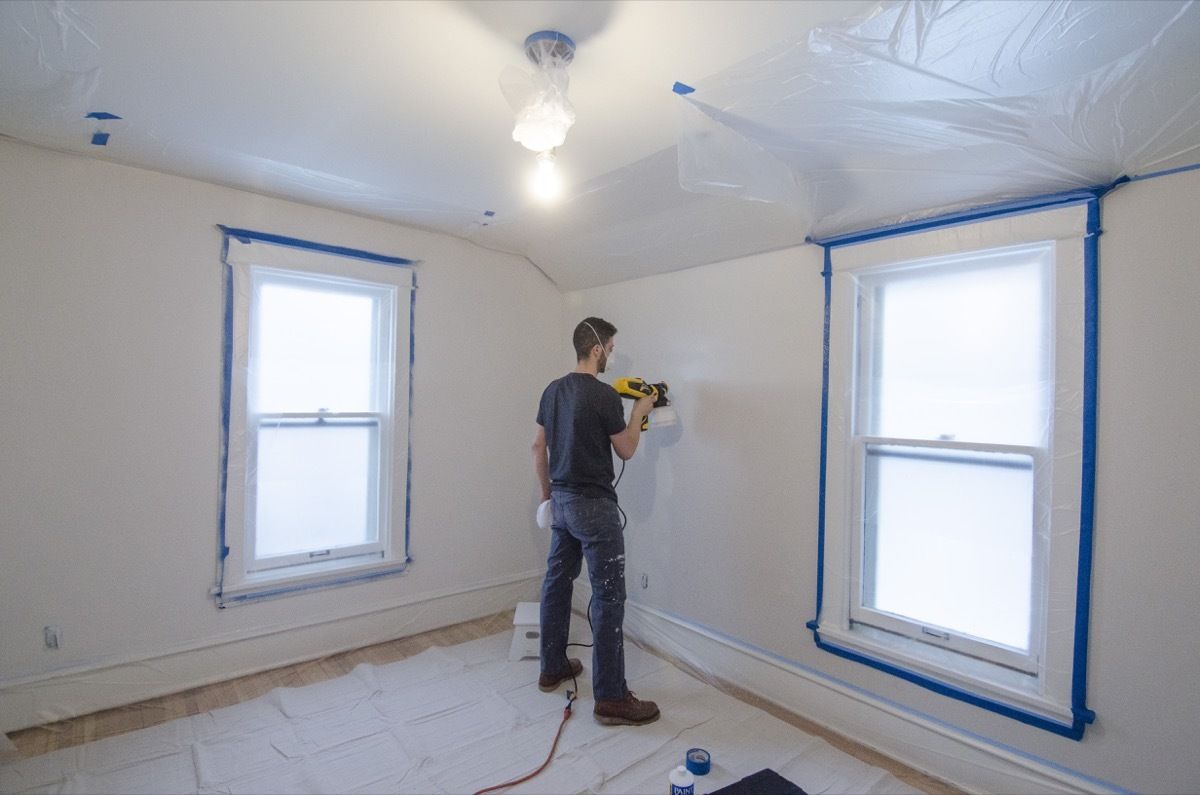
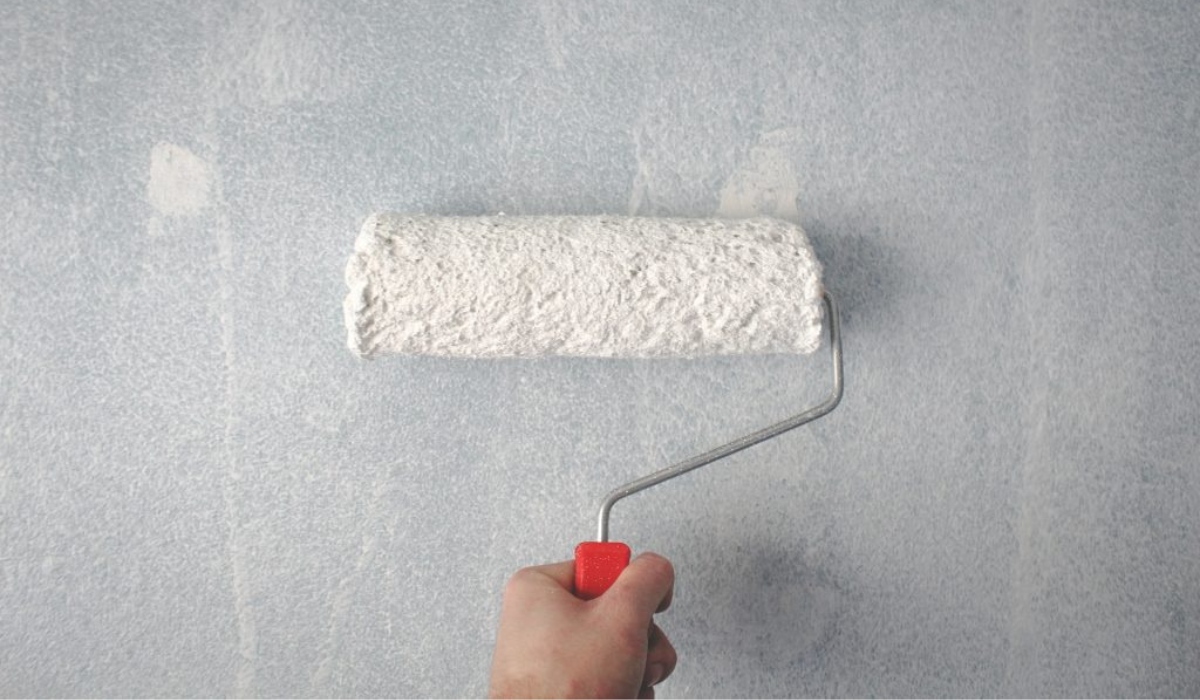
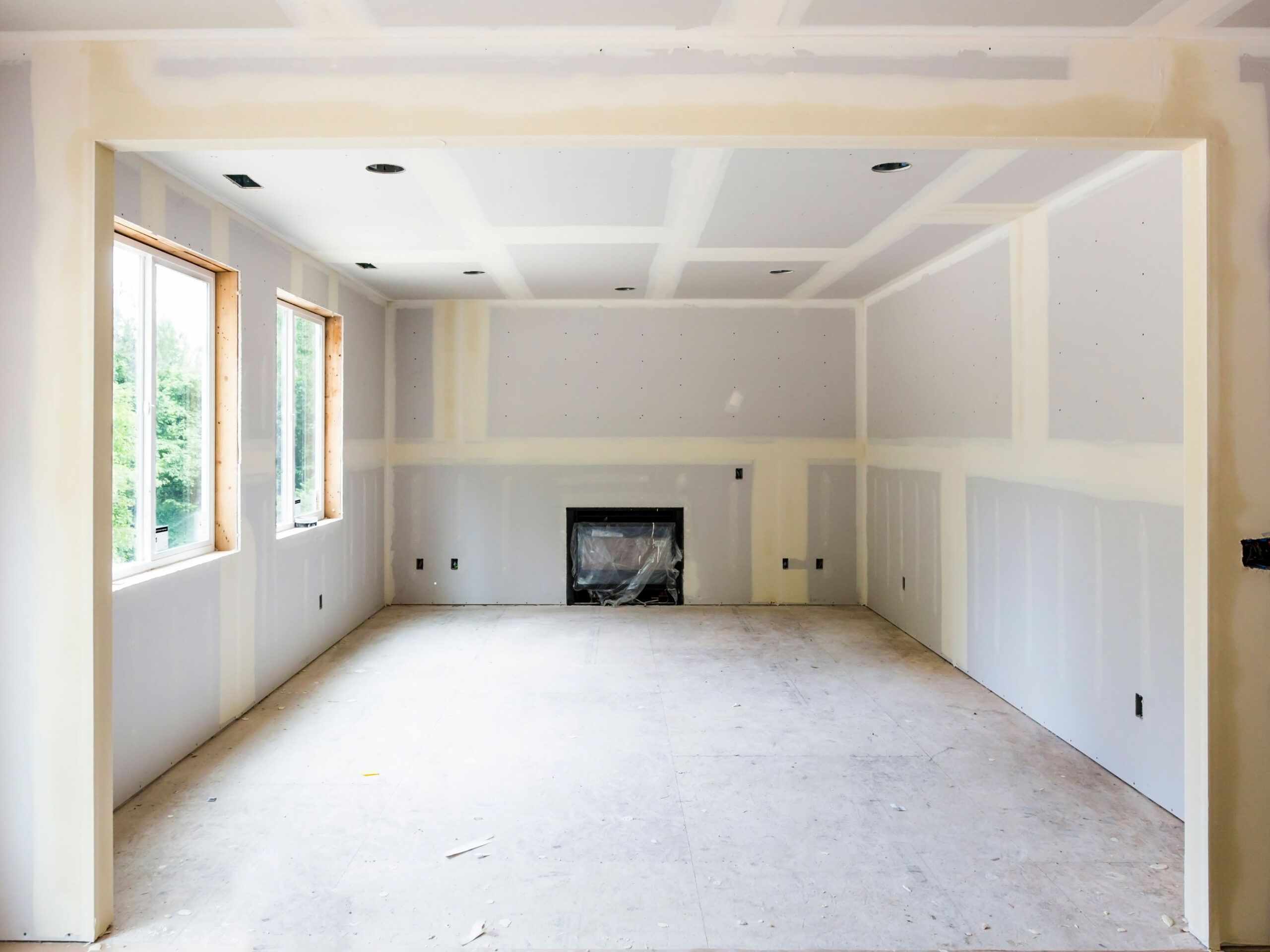
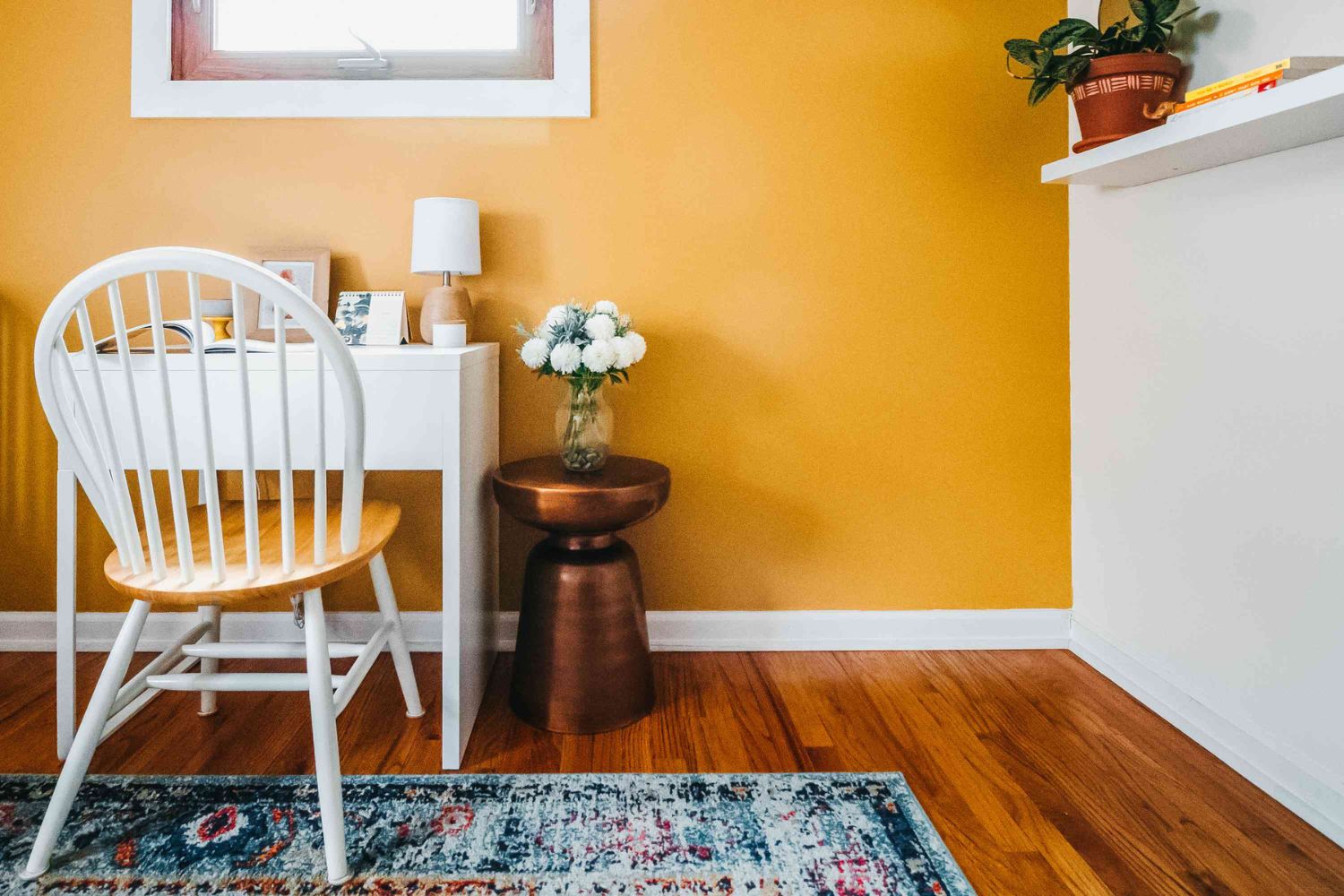
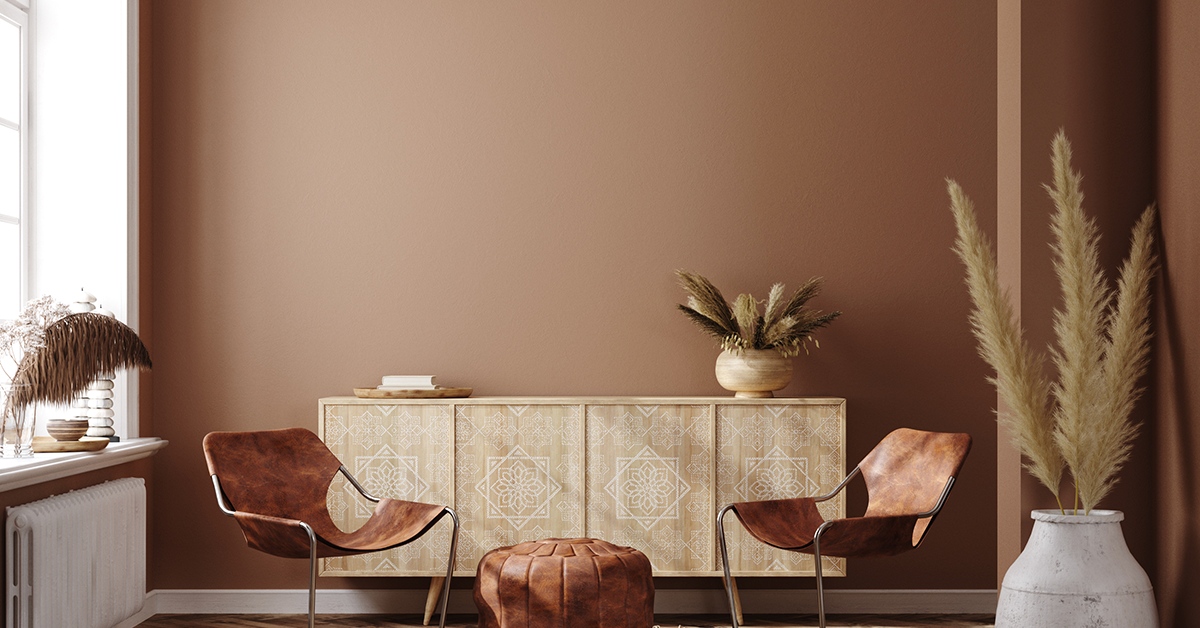
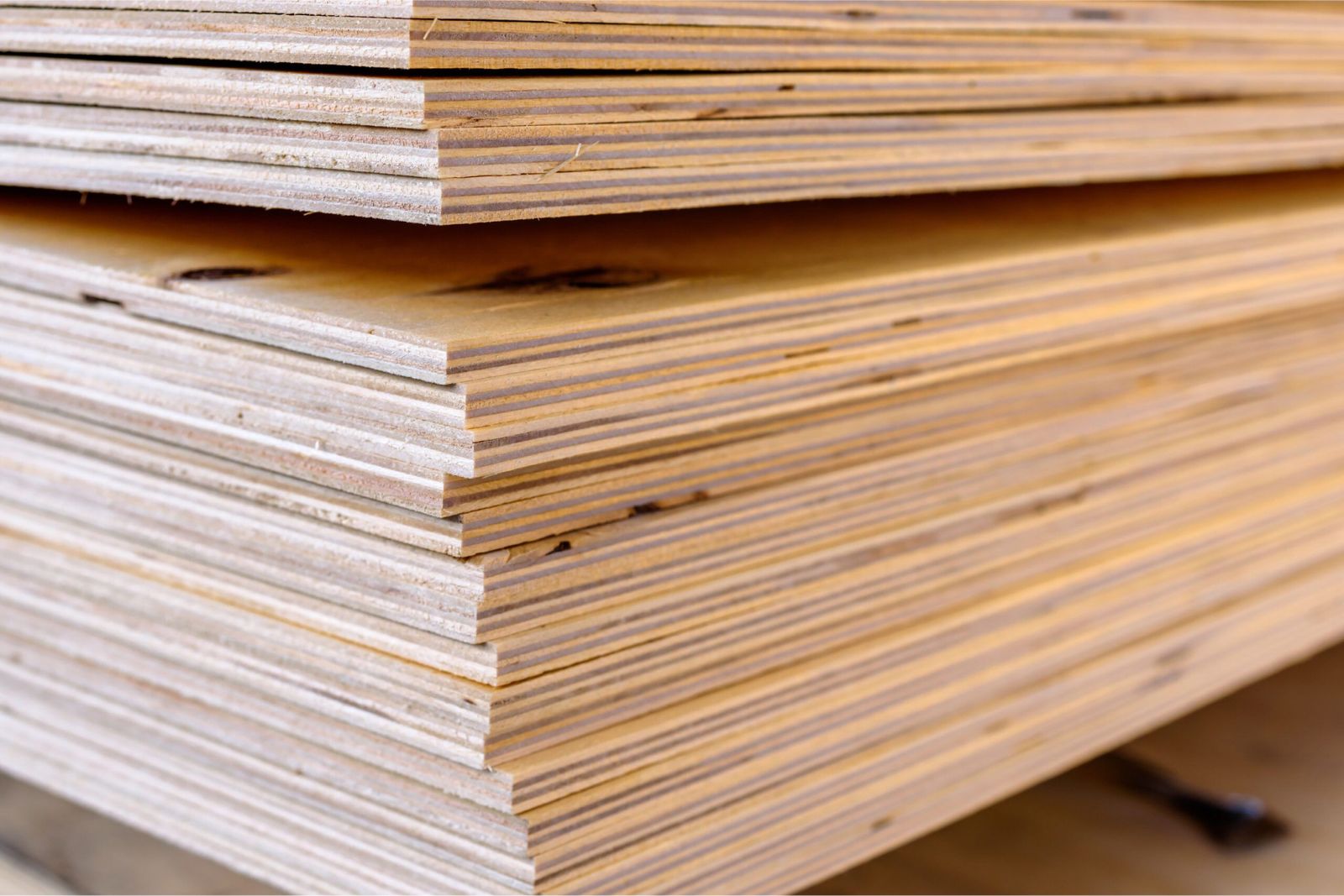
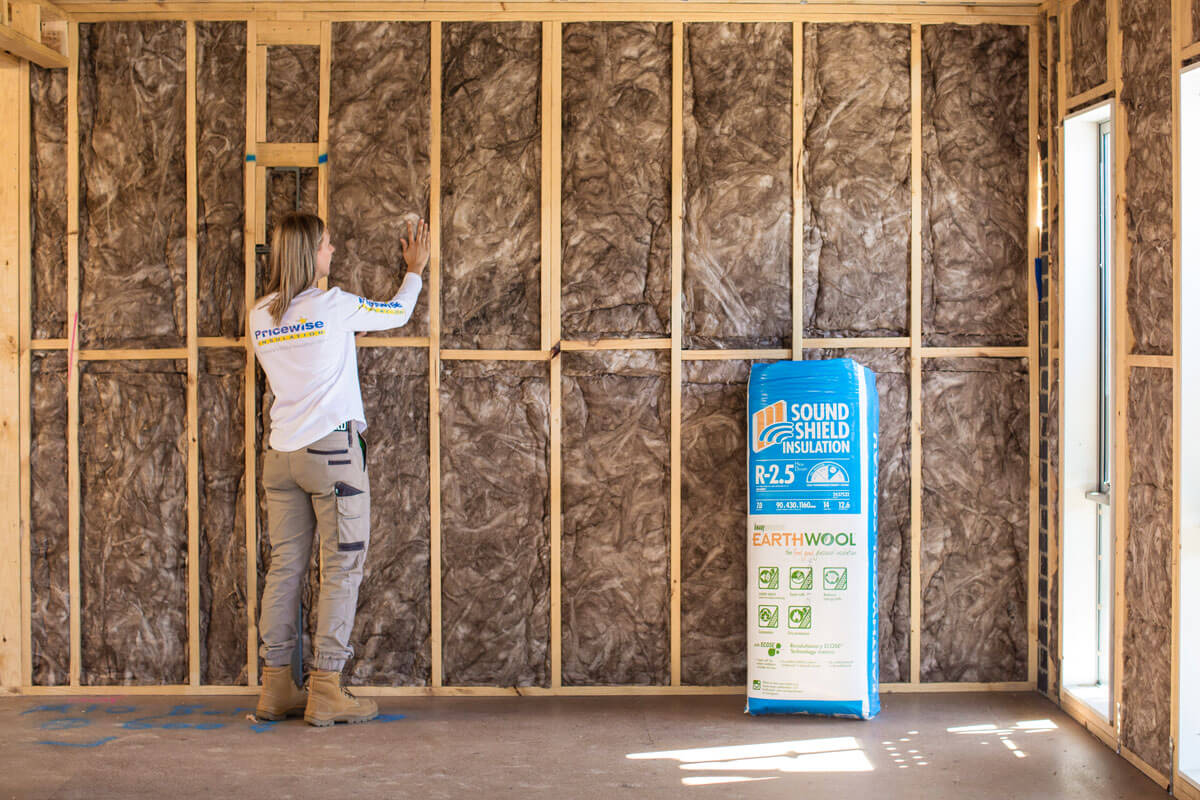
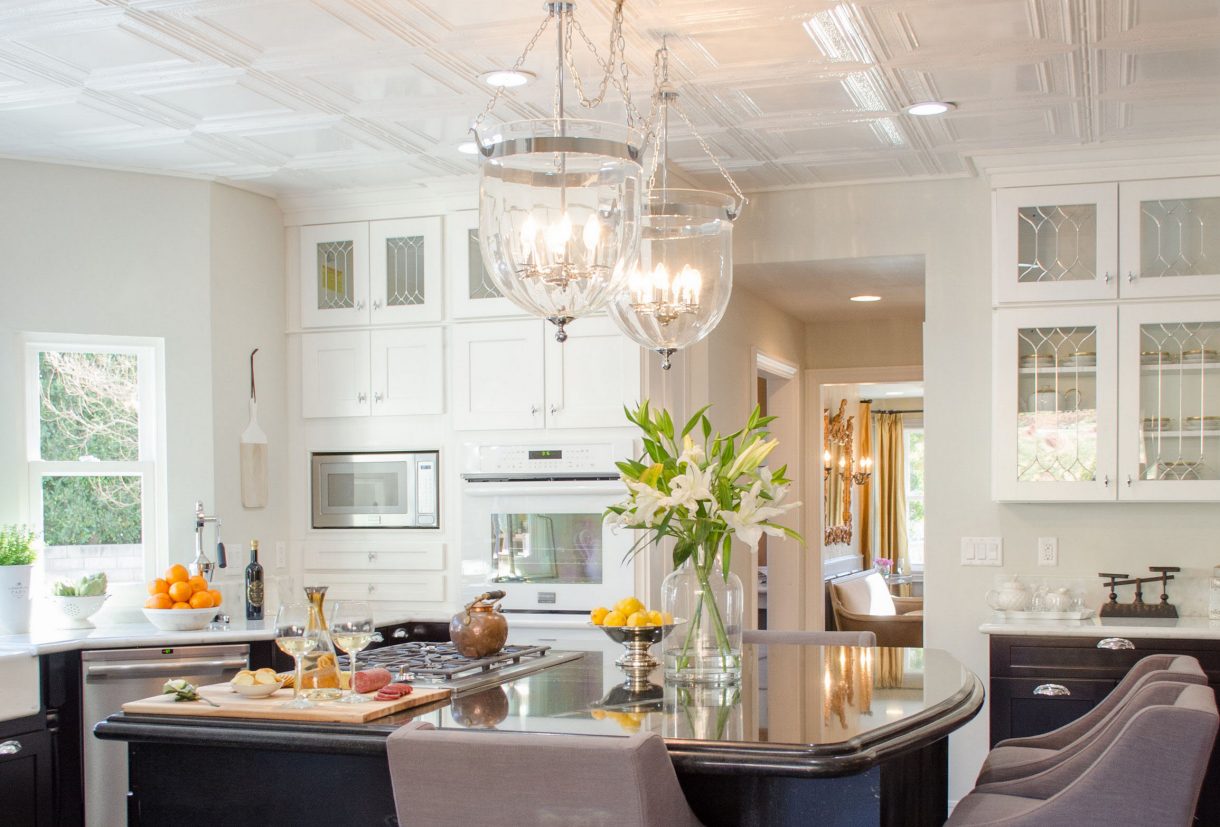
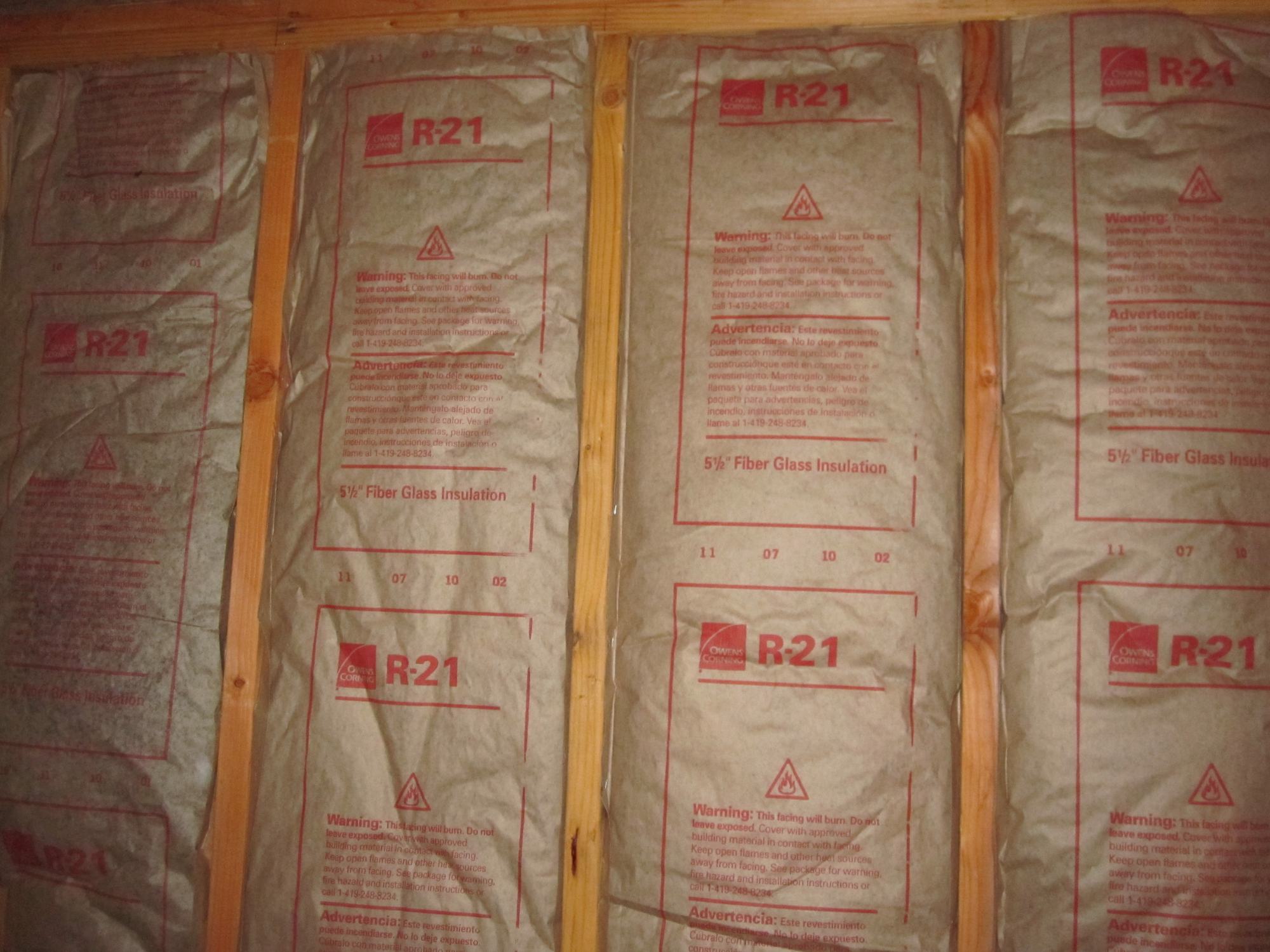
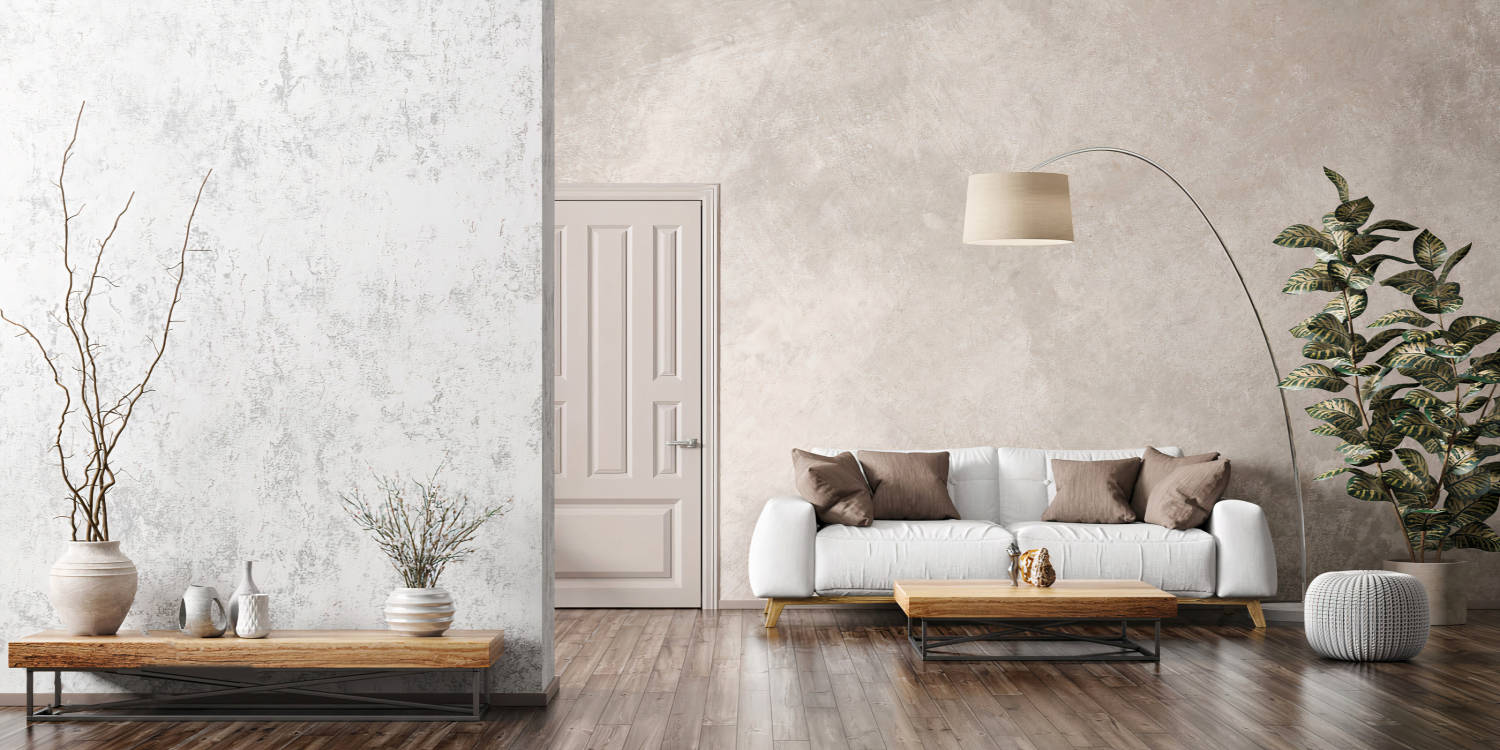
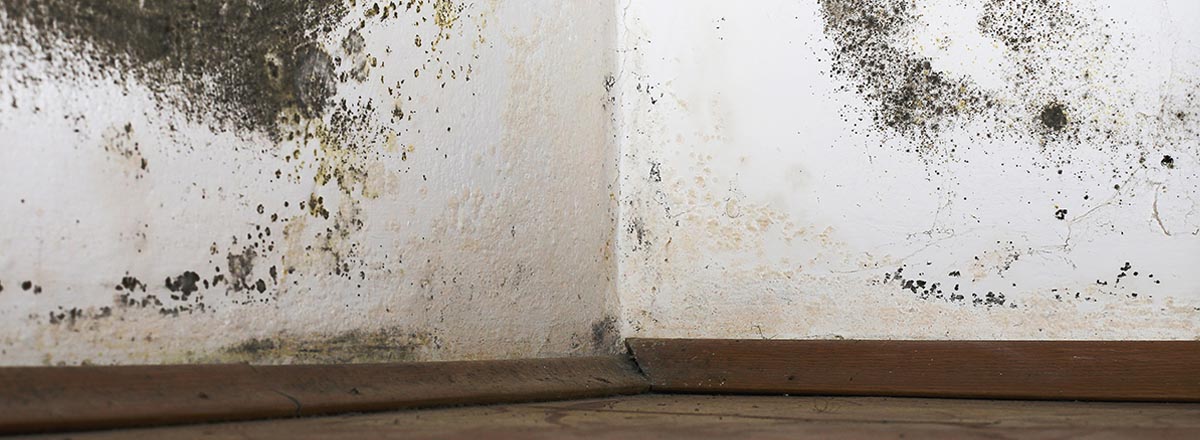
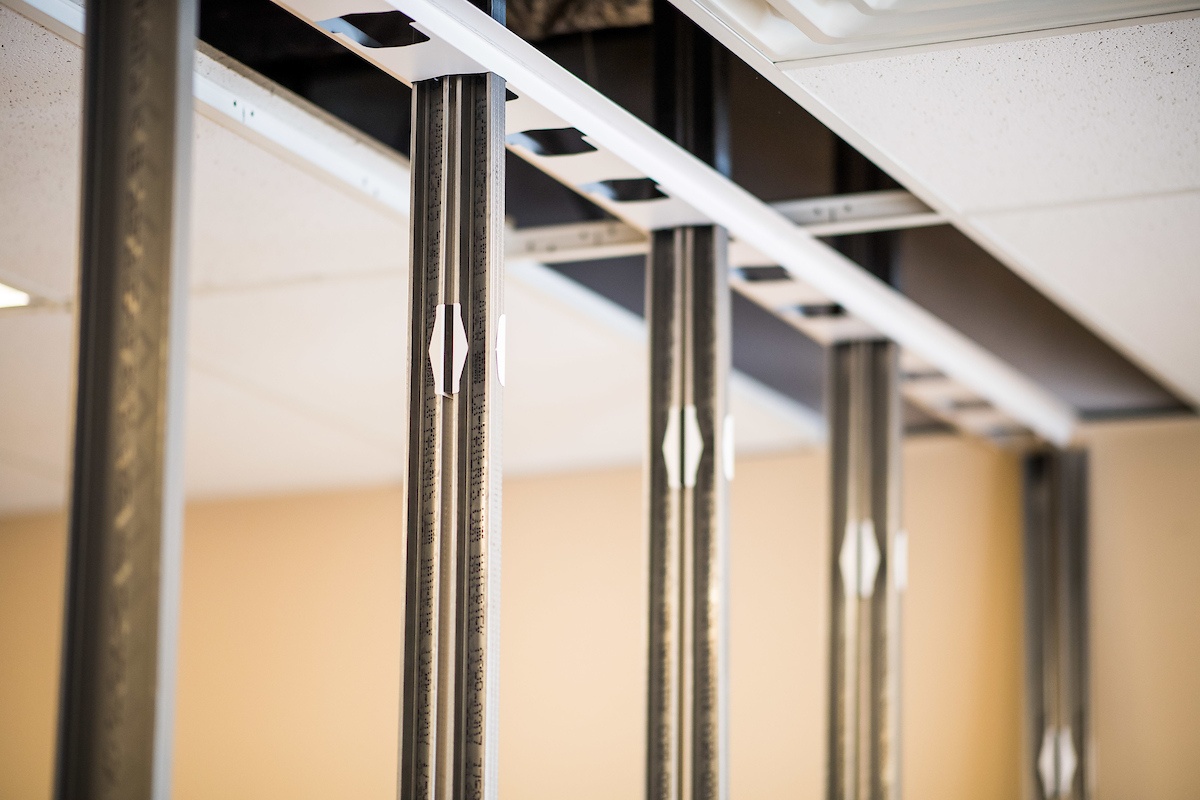

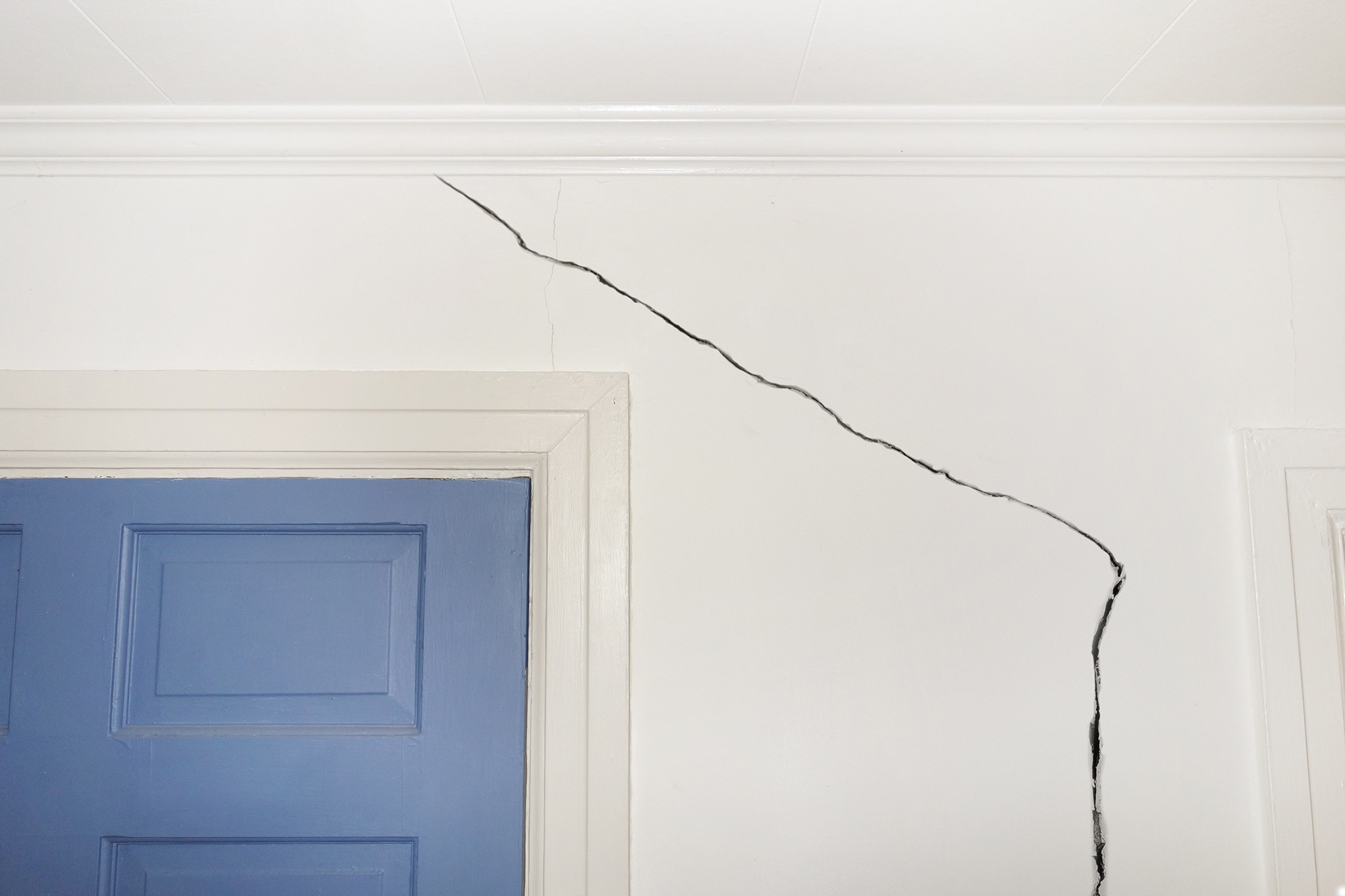

0 thoughts on “What Size Spray Tip For Interior Walls”